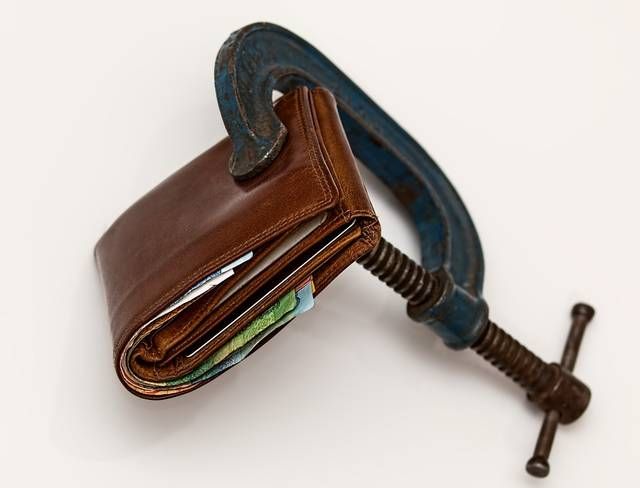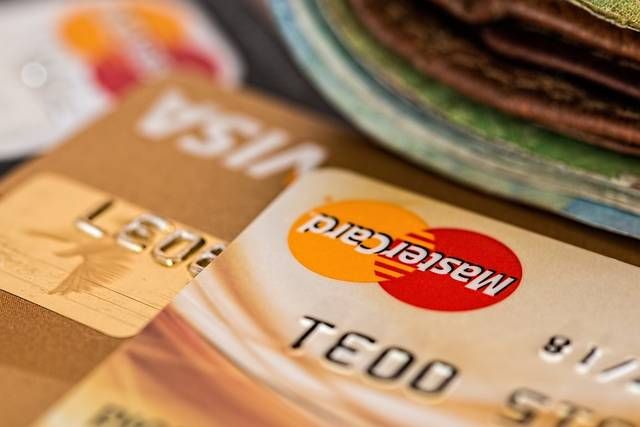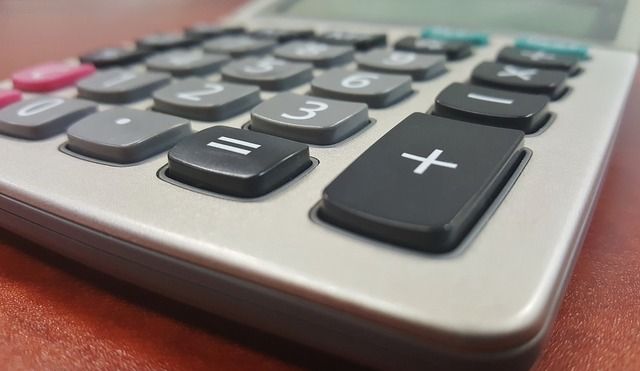Click here to subscribe today or Login.
At the onset of the housing market bubble burst in 2008, the consumer credit market took a noticeable hit. Individuals with credit card balances, mortgages, auto loans, and even student debt faced high unemployment rates coupled with rapidly declining home values – fertile ground for defaults and delinquencies on debt obligations. The federal government implemented a number of strategies to help individuals struggling to keep up with on-time repayment of their debt, including maintaining near-zero interest rates and programs to relieve homeowners with underwater loans. Looking back, nearly a decade later, the economic landscape has shifted upward based on some of these relief tactics.
In addition to government intervention with interest rates and refinance solutions for homeowners, added competition in the personal lending market lent a necessary hand to consumers seeking out alternatives for their debt woes. Online lenders flooded the market in waves, creating a new sense of hope for individuals who needed a financing solution but were unable to secure it through conventional means. Online lenders offered a method to obtain affordable loans by connecting individuals needing funding with investors and institutions willing to lend, taking out the need for a middleman like a bank or credit union.
Over the course of the last few years, total lending in nearly all arenas – home loans, auto loans, credit cards, and student loans – has increased significantly. Not only does that show signs of a recovering economy, it highlights a need for affordable lending products across a broad group of consumers. Despite this progress, a recent report points to some turbulence ahead.
The Subprime Market
Several online lenders who entered the marketplace shortly after the economic downturn focused their efforts on providing easy, quick lending solutions to borrowers who may not otherwise qualify for traditional lending products. The subprime market, or consumers who have less than ideal credit scores and histories, low income, or significant outstanding debt balances, were catered to as much as well-qualified borrowers over the last ten years. Although there was a need for alternative lending products, some cautioned early on that providing loans to less than qualified borrowers would end up dragging down economic progress due to higher default and delinquency rates over the long term. It seems as though that inevitability may quickly become reality.
A recent study from TransUnion revealed that while the delinquency rates are not yet at an alarming rate, the forecast shows that overall, the percentage of consumers falling behind on credit card and car payments is inching up. Part of the upward trajectory on delinquent debt payments can be linked to the level of subprime borrowers; according to the study, the number of credit card accounts owned by less qualified consumers is at its highest level since 2010, while vehicle loans held by subprime borrowers has reached a new high since 2013. As somewhat positive news, the total balance of loans and credit card balances are lower than in years past, but the number of outstanding loans, as well as those on the brink of default, continues to climb. Overall, statistics show that more than 1 million consumers within the United States are at least three months behind on their car payment and the TransUnion data points to an increase in that number in 2017.
Looking Ahead
In the next year, an evaluation of trends in consumer lending predicts that even more consumers will start to default on their debt obligations as interest rates are positioned to rise and credit offered to subprime borrowers is slated to increase. Interest rates have already experienced a small increase in the previous month, and the Fed has all but promised that upward motion will continue well into the new year. The reason behind rising interest rates can be linked to a need for outside motivation for lenders to offer financial solutions to an increased number of borrowers; higher interest rates often equate to greater margins, feeding the bottom line of conventional and online lenders across the board.
In addition to rising interest rates, analysts believe that the subprime market will gain more traction across online lender platforms, specifically in the auto loan market. Interestingly enough, since 2014, the number of consumers with a delinquency of 90 days or more has held steady for borrowers with a credit score of 620 or above; however, the percent of delinquent auto loans among consumers with a credit score of 620 or below has risen slightly since its peak in 2014. This data shows a clear focus on the subprime market, and no reduction in lending is on the horizon for this particular group of borrowers.
As interest rates increase and subprime lending continues, the broad economy faces more pressing concerns. Not only are borrowers up against an inability to repay their debts on time and in full, defaulting on consumer debt lays the groundwork for stagnated growth across the board. This is because consumers with delinquencies on their credit history are faced with challenges that borrowers with clean credit simply do not have to work through. Payment history makes up a significant portion of an individual’s credit score, and the more payments are missed, the more serious the hit a credit score will take.
Once credit scores are affected by a failure to keep up with on-time payments, consumers often find it difficult to secure new financing that is affordable in terms of both the interest rate and repayment terms. Personal loans, mortgages, private student loans, and new auto loans are not easily approved when questionable payment history is a part of an individual’s credit profile. Moreover, employers are less apt to select an individual for a position if their credit history is spotted with late payments and defaults. The cycle of delinquency has the potential to linger on for years for some consumers when they are initially approved for a subprime loan but can’t feasibly afford it for the long term.
In the year ahead, regulators may be tasked with capping the negative effects of subprime lending by limiting what conventional and online lenders are able to offer based on an individual’s credit history or score. Unfortunately, until additional oversight is placed on the lending marketplace, the uptick in subprime lending – and the delinquencies that follow – is expected to continue.








